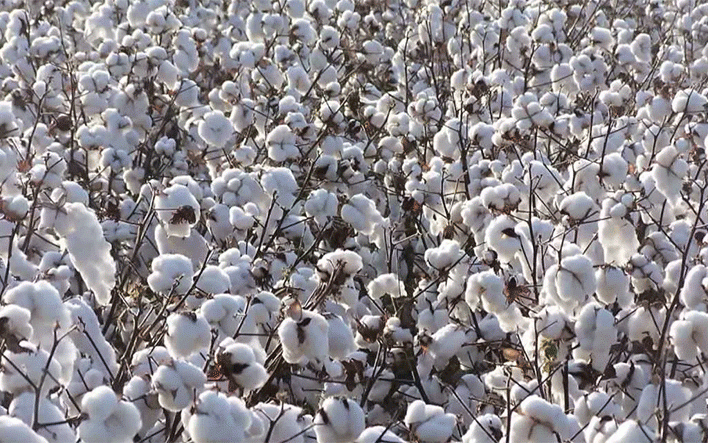
Government has stepped up efforts to ramp up cotton production in the country through implementation of the cotton- to-clothing strategy which it says has yielded positive results so far.
The cotton sector has, for the past years, been on a downward trend, with various experts blaming the negative performance on poor payment.
Under the Presidential Input Scheme, government launched various free input support initiatives to help farmers increase cotton production.
Lands, Agriculture, Fisheries, Water and Rural Resettlement permanent secretary John Basera told NewsDay Farming this week that the positive performance of the cotton value chain was a result of the cotton-to-clothing strategy funded under the Special Drawing Rights (SDR) facility.
In August 2021, Zimbabwe received SDR677,4 million (US$958 million) from the International Monetary Fund under the general allocation of a global US$650 billion fund launched in support of countries recovering from the COVID-19 pandemic.
Part of the funds have been used to support infrastructure, health, agriculture, horticulture, and social welfare, and other critical areas.
“We have been making efforts to ramp up the cotton sector and this has seen some positive performance within the sector. From being a ‘dead sector’ in 2015/16 to a US$90 million (137 000 tonnes) cotton export sector and this is a positive stance towards achieving glory days,” Basera said.
“We have implemented the cotton-to-clothing strategy going up the value-chain ladder-scope for partnerships with universities through innovation hubs. We also have US$5 million SDR for projects (oil expression and small ginnery plants) in cotton growing areas.”
- Climate financing boon for Zim agriculture
- Climate financing boon for Zim agriculture
- Climate financing boon for Zim agriculture
- Seed Co muscled out of Pfumvudza
Keep Reading
Early this year, Agricultural Marketing Authority chief executive Clever Isaya told NewsDay Business that payment delays in the previous season had “frustrated” some farmers while “non-destruction of ratoon crop in some instances perpetuated pest and disease prevalence.
Zimbabwe’s cotton farmers have been perennially affected by payment delays.
A significant part of the crop is produced under contract schemes funded by big corporations, but they have been accused of abusing farmers by paying low prices or delaying payment.
However, private actors in the cotton industry have considered creating a price stabilisation fund to handle price swings on the global market.
The erratic price of cotton, which is set on an international scale, causes local producers to incur losses while forcing some to stop their operations altogether.
The proposed price stabilisation fund would maintain stability in cotton pricing, according to Caos Nzenze, interim chairperson of the Cotton Ginners Association (CGA), who added that cotton producers and ginners would not be impacted by price fluctuations.
“As private sector players, we are looking at the aspect of how we can set up a revolving fund for price subsidies in years where the prices are good on the world market; we set up a fund that should be able to take care of the fluctuations in prices on the world market,” he said.
“That conversation is ongoing between the private sector and the main player in the industry, which is Cottco, a government-controlled entity, with the view of setting up a price stabilisation fund where in years the world market is offering competitive prices or good prices, should I say, we set up a fund that will put in funds that we can then use to stabilise the prices when the world market price is low. So, I think those conversations are ongoing.”
Cotton is one of Zimbabwe’s main foreign currency earners and underpins job creation at various points along the value chain.
But due to a number of factors including drought, climate change, low pricing, out-of-date varieties, and payment delays, the nation’s cotton production has been dropping.







